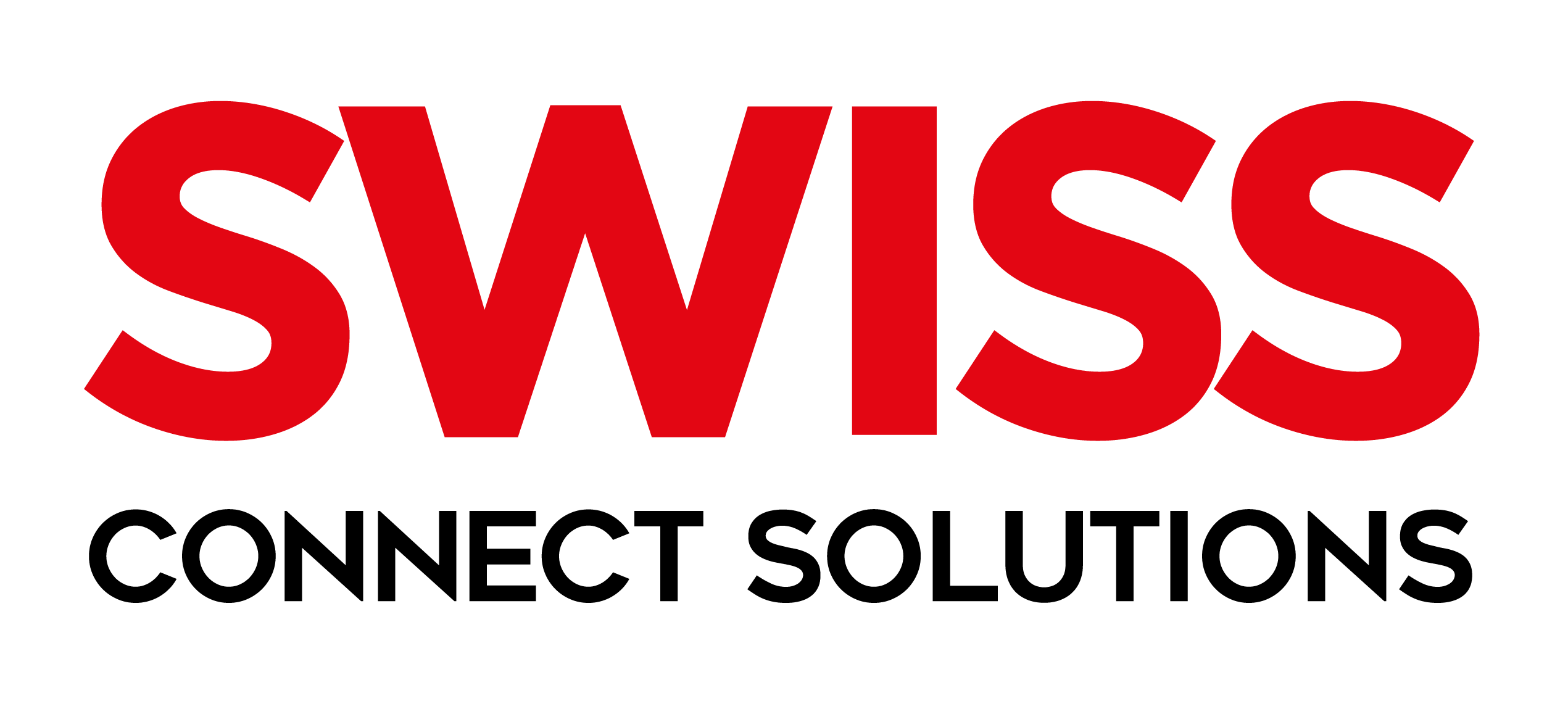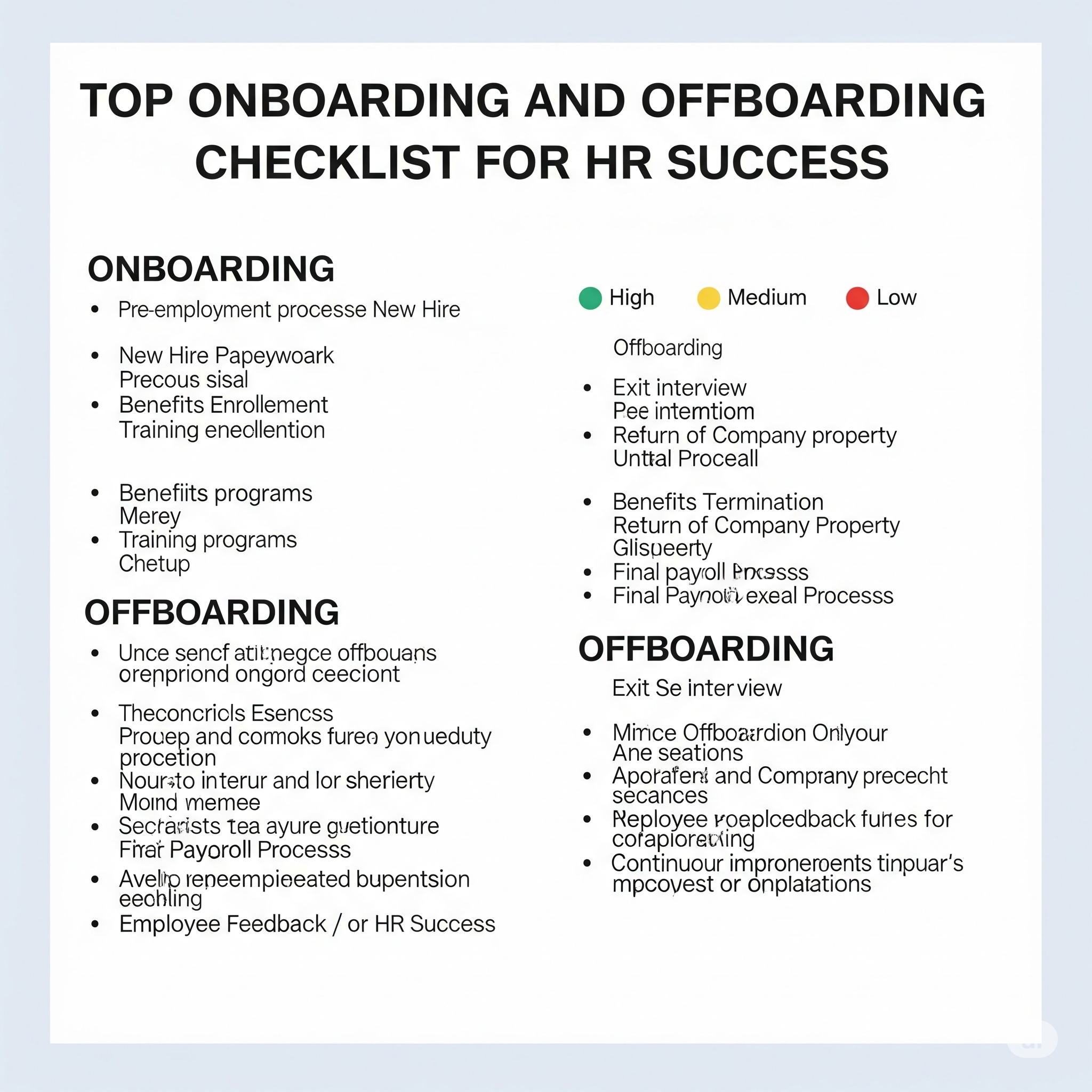A well-structured onboarding and offboarding process is vital for building a positive workplace culture, maintaining compliance, and improving employee experience. HR teams must be organized and strategic when it comes to welcoming new hires and professionally handling exits.
In this blog post, we provide a comprehensive checklist to ensure both onboarding and offboarding are smooth, efficient, and successful.
Why Onboarding and Offboarding Matter
- First impressions are lasting: A good onboarding experience helps new employees feel welcomed and confident.
- Professional exits matter: A structured offboarding process ensures that employees leave with dignity and respect.
- Protects the organization: Managing documents, permissions, and assets is essential for security and compliance.
- Strengthens employer brand: Good experiences encourage employee referrals and positive reviews.
Onboarding Checklist: Welcoming a New Employee
1. Before the First Day
- Send the official offer letter and collect signed documents.
- Share the employee handbook, company policies, and job role.
- Set up tools: email accounts, laptops, software access, ID cards.
- Assign a buddy or mentor for support.
- Notify internal teams about the new hire’s start date.
2. On the First Day
- Provide a warm welcome and company introduction.
- Give a tour of the office or a virtual orientation.
- Conduct an HR session covering payroll, benefits, and policies.
- Begin the training schedule specific to the role.
- Provide company merchandise or welcome kit if available.
3. During the First Week
- Schedule introductions with team members and department heads.
- Start onboarding and compliance training.
- Define clear goals for the first 30, 60, and 90 days.
- Check in frequently to address any early questions or issues.
4. First 30 to 90 Days
- Conduct regular feedback sessions.
- Offer training on soft skills and company systems.
- Evaluate performance at the 30-day and 90-day marks.
- Gather feedback on the onboarding experience for improvement.
Offboarding Checklist: Ensuring a Smooth Exit
1. Resignation Process
- Acknowledge the resignation formally in writing.
- Schedule an exit interview and confirm the last working date.
- Inform IT, finance, and team leads about the exit.
2. Knowledge Handover
- Plan a detailed handover of responsibilities and tasks.
- Document ongoing projects and client communication.
- Identify someone to take over key duties temporarily or permanently.
3. Administrative Tasks
- Remove or transfer system access (email, tools, platforms).
- Collect all company-owned assets such as laptops, keys, and ID cards.
- Process the final salary, bonus, and any pending reimbursements.
- Provide necessary exit documents: relieving letter, experience letter, and tax forms.
4. Exit Interview
- Conduct a one-on-one exit interview to understand reasons for leaving.
- Collect feedback on the work environment, leadership, and HR practices.
- Use this feedback to improve retention strategies and company policies.
5. Post-Exit Follow-Up
- Keep in touch with ex-employees through alumni groups or newsletters.
- Encourage them to share a review or testimonial if appropriate.
- Ensure all access permissions are fully closed and archived.
Recommended Tools to Streamline HR Workflows
To automate and manage these processes, consider using HR software like:
- BambooHR
- Zoho People
- Freshteam
- Rippling
- Workday
These platforms can help with checklists, automated emails, access control, and document management.
Final Thoughts
An organized onboarding process helps new employees integrate faster and perform better, while a respectful offboarding process ensures goodwill and data security. HR teams play a crucial role in both phases of the employee lifecycle.
By following these checklists, companies can reduce confusion, improve communication, and build a stronger workplace culture.



